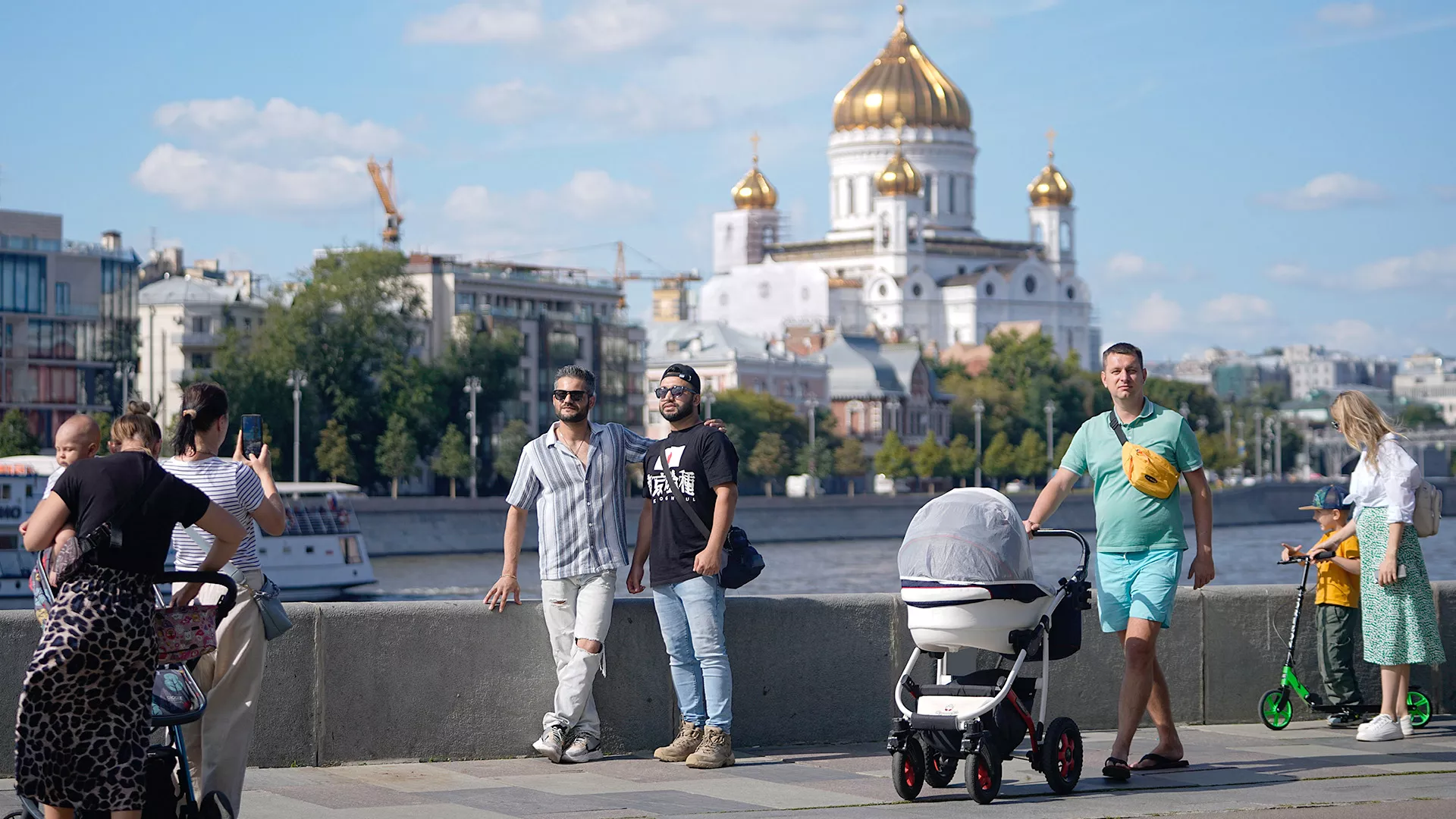
Russia Faces Population Crisis as Birth Rate Hits 25-Year Low
Russia Faces Population Crisis as Birth Rate Hits 25-Year Low
In recent months, Russia has been grappling with a severe population crisis, as its birth rate has plummeted to its lowest point since 1999. The number of live births in June 2024 fell below 100,000, signaling a stark decline that has sparked widespread concern in Moscow. This demographic downturn is seen as catastrophic by many in the Kremlin, with President Vladimir Putin’s administration acknowledging the gravity of the situation.
From January to June 2024, a total of 599,600 children were born in Russia — 16,000 fewer than the same period in 2023, according to Rosstat, Russia’s state statistics agency. This continued decline underscores the growing urgency of the problem, with the birth rate failing to stabilize despite numerous government measures aimed at incentivizing families to have more children.
Catastrophic Population Decline Amid Rising Deaths
The situation is exacerbated by a concurrent increase in Russia’s death rate. During the first half of 2024, 49,000 more deaths were recorded compared to the same period in 2023. Analysts attribute a significant portion of this rise to casualties from Russia’s ongoing invasion of Ukraine, which has taken a considerable toll on the nation’s young population. The combination of declining births and increasing deaths has led to a dramatic 18% acceleration in population loss over the last year.
This demographic crisis has prompted calls for urgent action. Nina Ostanina, head of the State Duma Committee for Family Protection, suggested a “special demographic operation” to reverse the declining birth rate. This proposal, though seemingly in jest, reflects the severity of the crisis. It alludes to the ongoing conflict with Ukraine and underscores the war’s impact on the nation’s future.
Kremlin Alarmed by “Catastrophic” Birth Rate
In July 2024, Dmitry Peskov, the spokesperson for President Putin, described the birth rate as “catastrophic” for Russia’s long-term stability and future. He emphasized that boosting the birth rate is now one of the country’s top priorities, noting that the demographic trend poses a significant threat to Russia’s economic and social well-being.
The decline in Russia’s birth rate is not a new phenomenon. Since the collapse of the Soviet Union in the early 1990s, the nation has experienced several periods of population shrinkage, despite government efforts to reverse the trend. In 1999, the birth rate hit a low of 1.6 children per woman, a figure worse than what the country saw during the devastating years of World War II.
Putin’s Efforts to Reverse the Decline
Throughout his presidency, Putin has repeatedly highlighted the importance of improving Russia’s birth rate. In 2020, he described young motherhood as part of Russia’s “historic duty” and introduced various incentives to encourage families to have more children. These measures included expanded childcare support for low-income families, tax breaks for larger households, and the promise of increased nursery facilities.
However, these efforts have proven insufficient in the face of ongoing societal challenges, exacerbated by the war in Ukraine. The invasion has not only caused a significant loss of life among young Russian men but has also led to an exodus of citizens. Many of those who disagree with Moscow’s policies or who are seeking to avoid conscription have left the country, further depleting Russia’s already shrinking population.
War’s Impact on Russia’s Demographics
The war in Ukraine has been a critical factor in Russia’s population crisis. According to Alex Kokcharov, a country risk analyst for Eurasia, despite the Russian government offering financial incentives, the country’s fertility rate continues to fall. The ongoing conflict, now in its third year, is directly affecting Russian territories and creating uncertainty in border regions. Kokcharov explained that many families are delaying decisions about having children due to concerns over security and the country’s unstable future.
A report from the Atlantic Council warned that the continuation of the war could have long-lasting consequences for Russia’s population. The loss of young Russian men in the war is not only reducing the current population but could also create significant challenges for the future labor market. The report suggests that, over time, the country may face a smaller workforce, which could hinder economic growth and development.
In June 2024, Russia’s Deputy Prime Minister Dmitry Chernyshenko echoed these concerns, warning that if the population decline is not addressed, Russia could face a shortage of up to 2.4 million workers by 2030. While Chernyshenko did not directly link the population decline to the war, the connection is difficult to ignore given the timing and scale of the ongoing conflict.
Fertility rate in Russia compared to Europe

Russia’s Birth Rate in European Context
Russia’s current birth rate mirrors that of Germany, another country struggling with demographic decline. According to Eurostat, Russia’s birth rate, although low, is not the worst in Europe. Spain, with a birth rate of 1.16, has one of the lowest rates on the continent. In contrast, France boasts one of the highest rates at 1.79, reflecting a more robust approach to supporting families and encouraging higher birth rates.
For Russia, the challenge of reversing its population decline is not simply a matter of economic incentives. The ongoing conflict, societal instability, and security concerns are all contributing to a growing reluctance among Russian families to expand, creating a complex and potentially irreversible demographic crisis.
As Russia faces its lowest birth rate in a quarter-century, the nation is at a critical juncture. The war in Ukraine, compounded by internal challenges, has created a population crisis that threatens Russia’s future stability. While the Kremlin has introduced a range of measures to reverse the trend, the ongoing conflict and broader social concerns continue to impede progress. Unless decisive action is taken, Russia could face a future marked by a shrinking workforce, slower economic growth, and a demographic imbalance that may take generations to correct.




